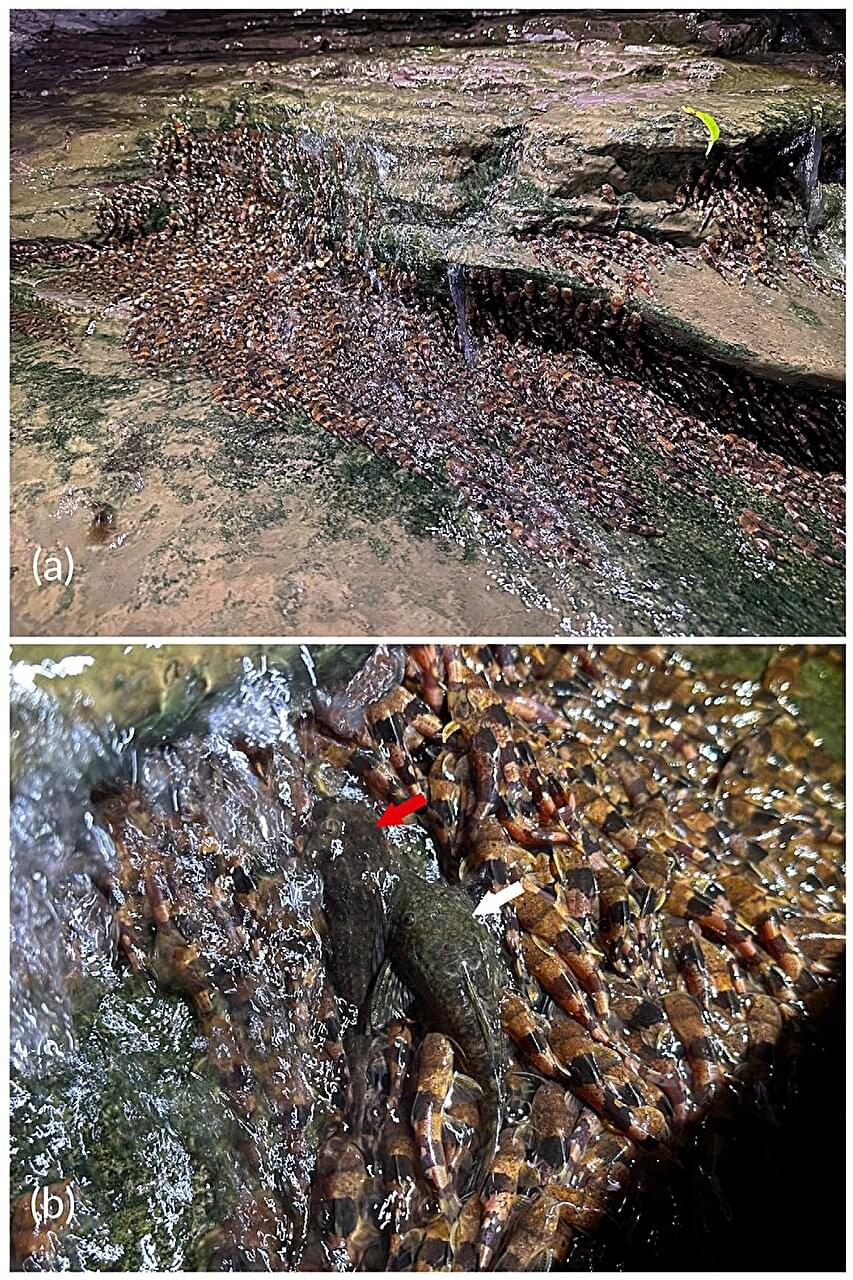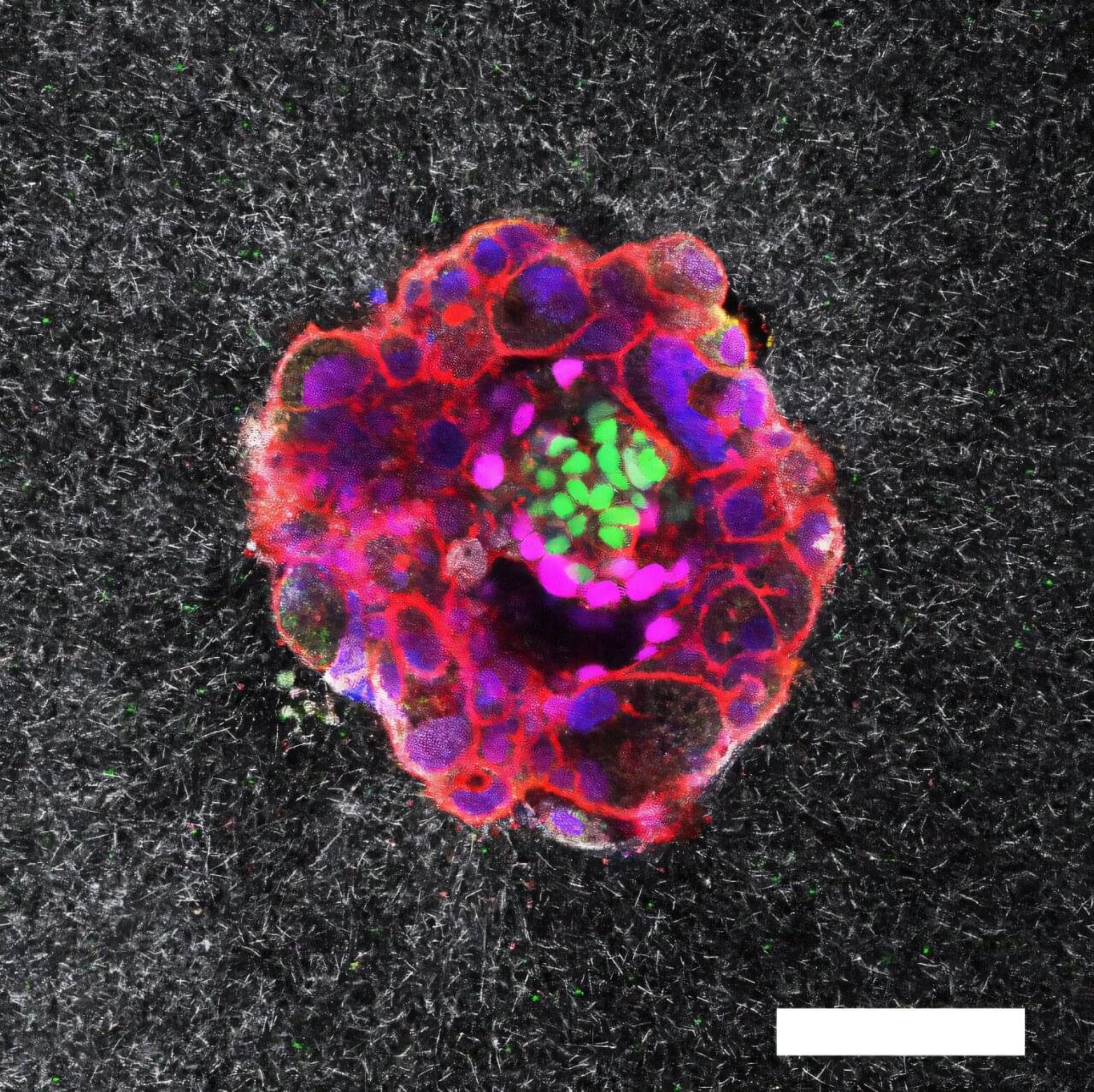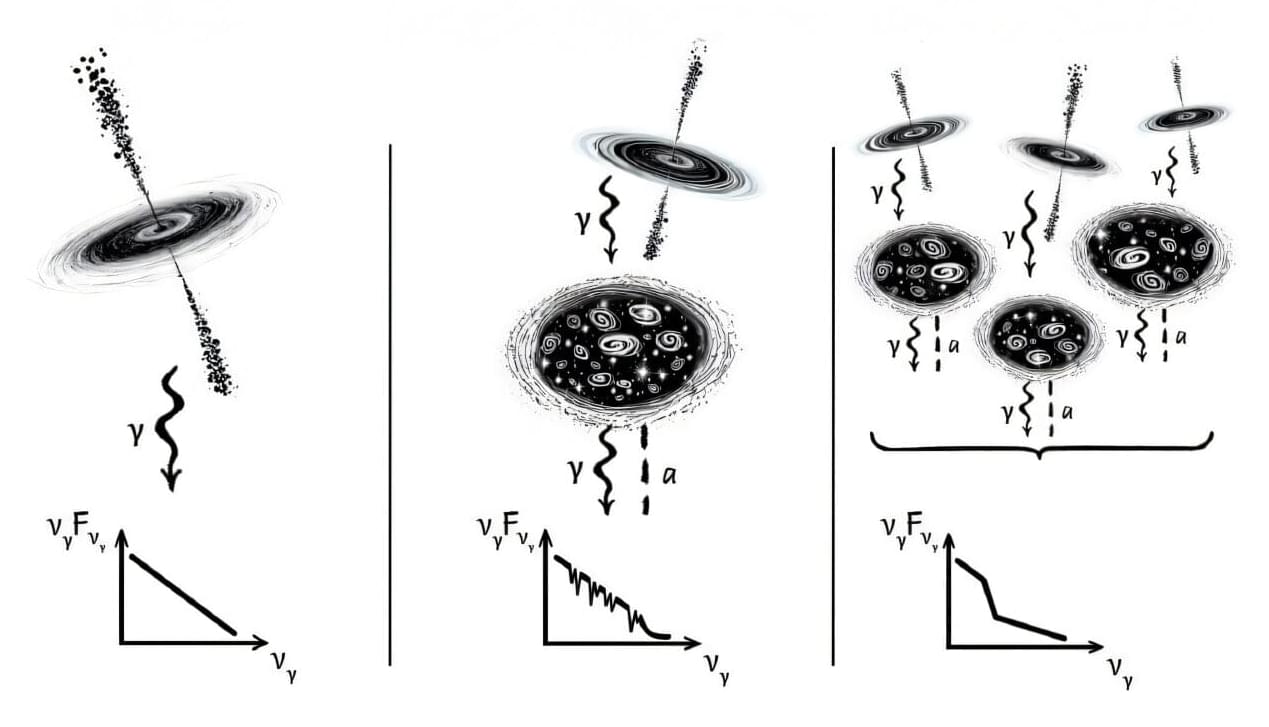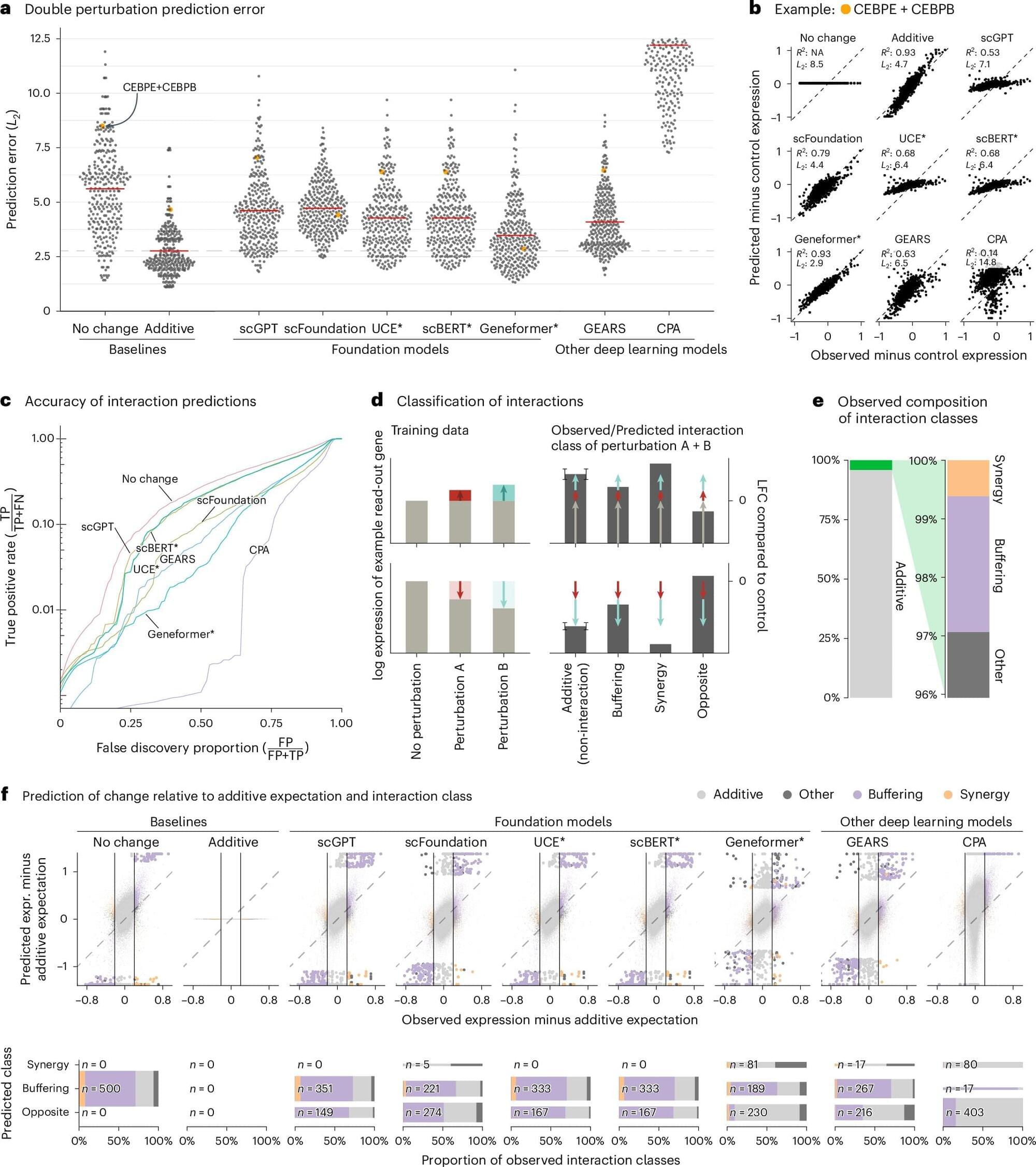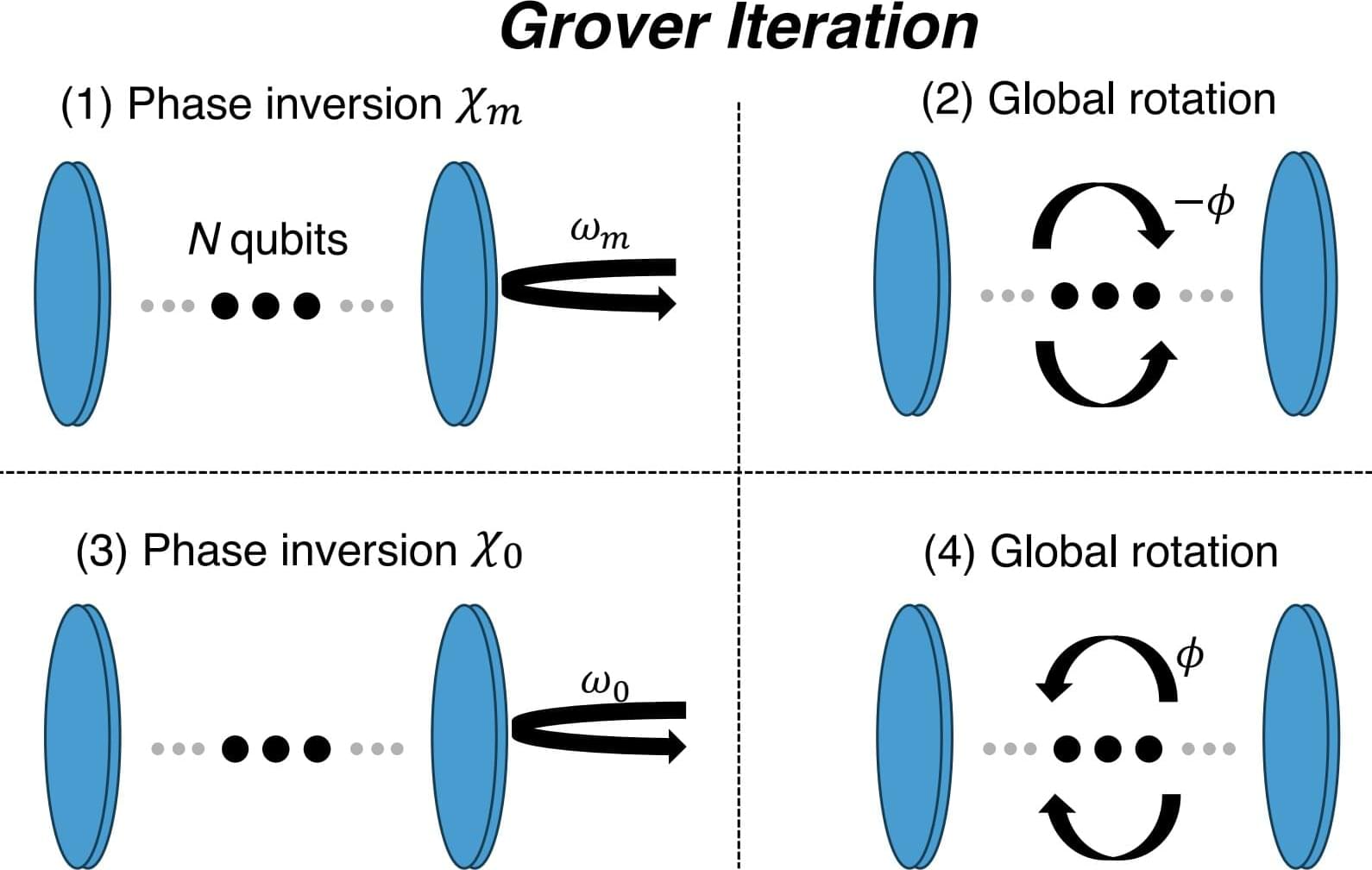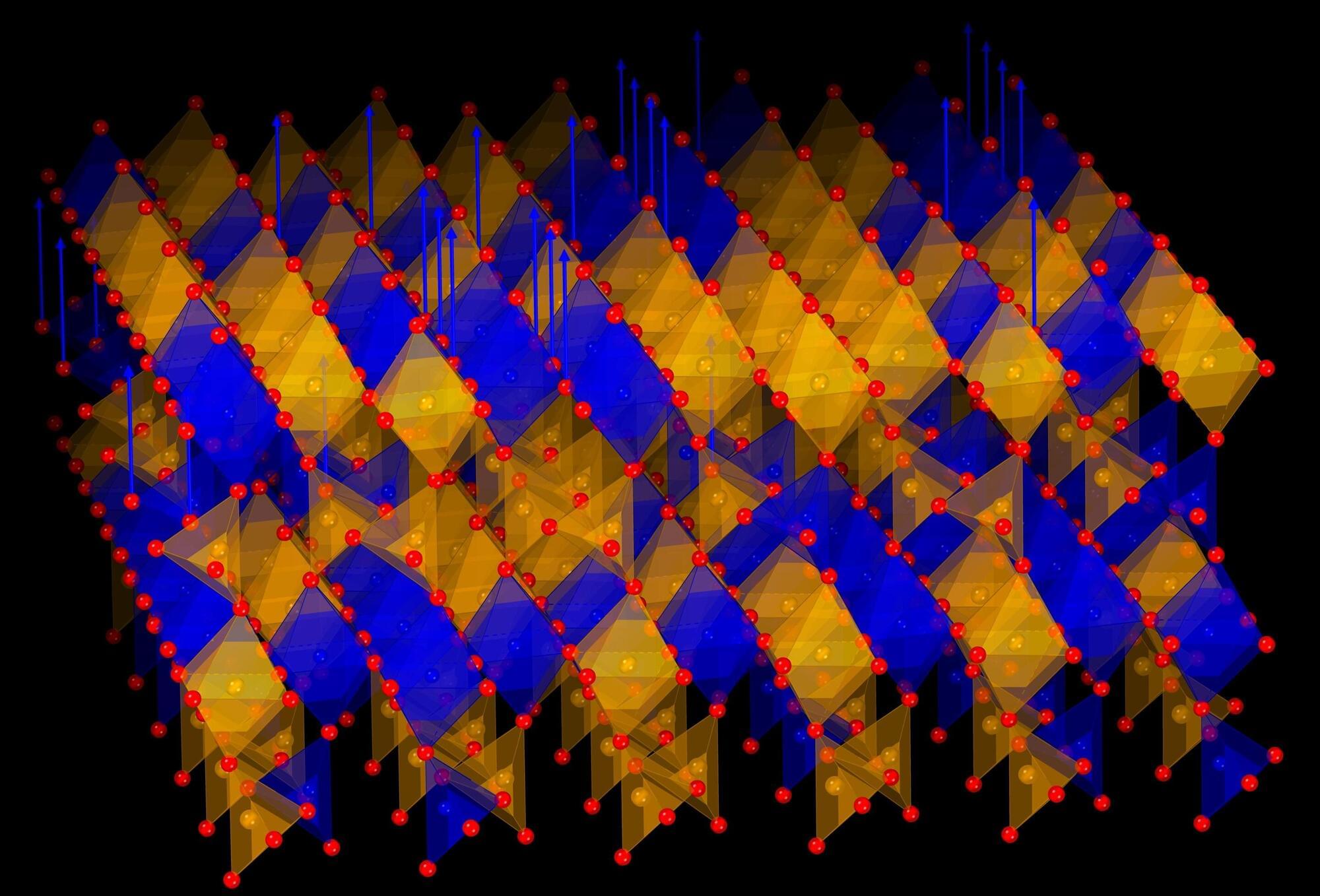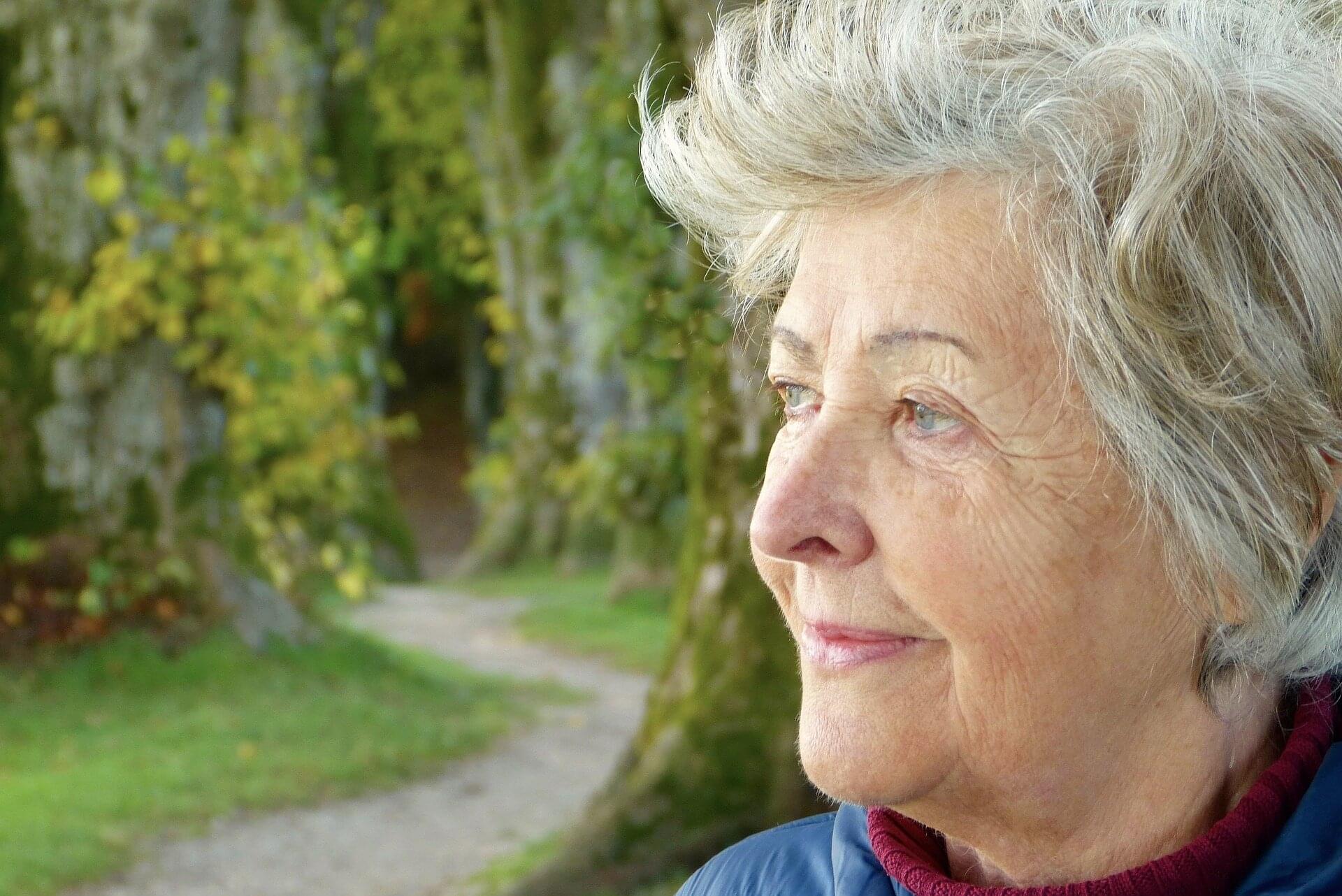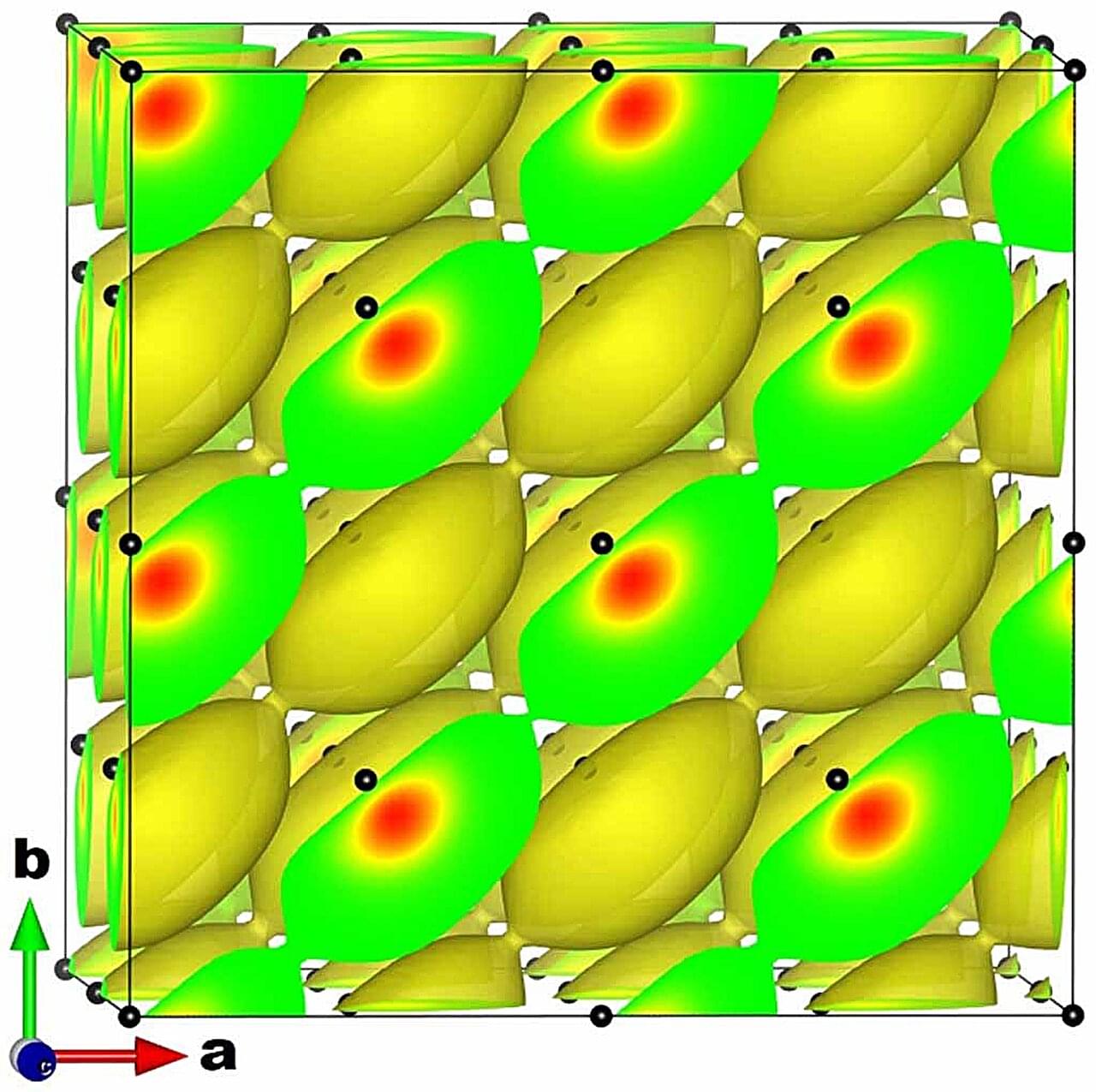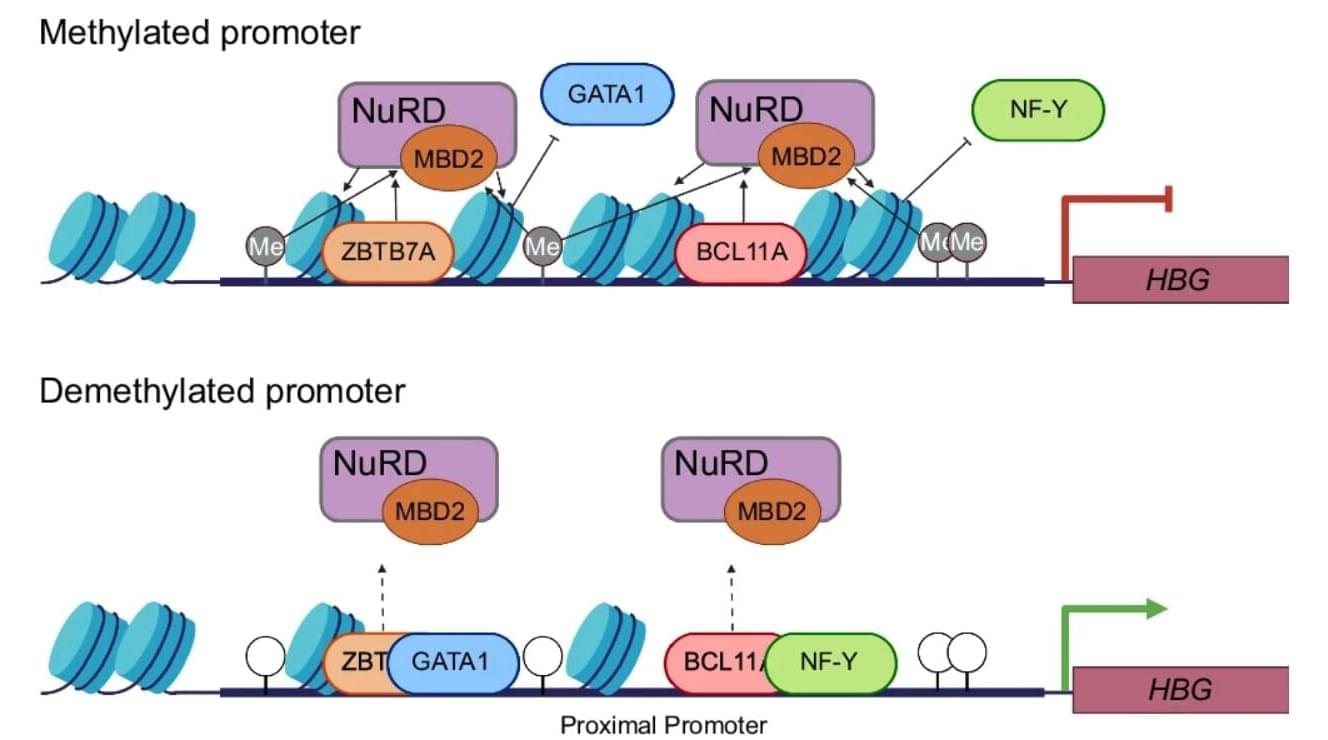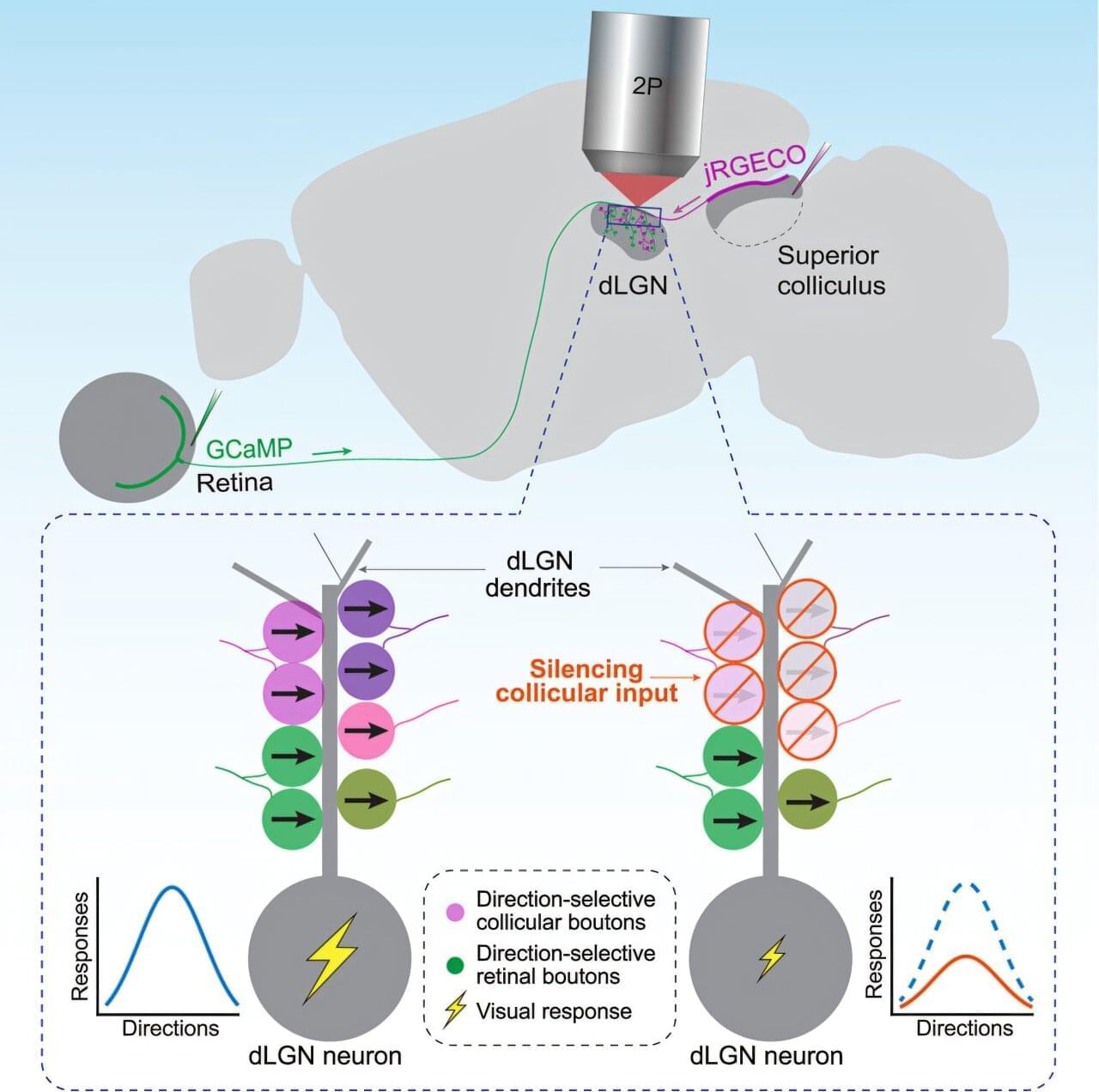Nature often puts on incredible displays. A recent example caught on camera shows thousands of bumblebee catfish (Rhyacoglanis paranensis) climbing waterfalls in southern Brazil. This is the first time the species has been observed in such a large group and climbing, according to a study published in the Journal of Fish Biology describing the spectacle.
Environmental Military Police from Mato Grosso do Sul State spotted the catfish scaling slippery rocks between one and four meters high behind waterfalls on the Aquidauana River. The sighting occurred in November 2024 at the beginning of the rainy season, and a week later, a team of Brazilian scientists arrived to document the event.
They observed that the catfish’s climbing behavior depended on the time of day. During the hot afternoons, the fish sheltered under rocks and in shaded areas. They began climbing in the early evening as the sun was setting. The researchers also studied how the fish are able to climb. They keep their paired fins wide open and use lateral and caudal movements to push themselves forward. Scientists believe this is also aided by a suction mechanism that helps them stick to flat surfaces.
